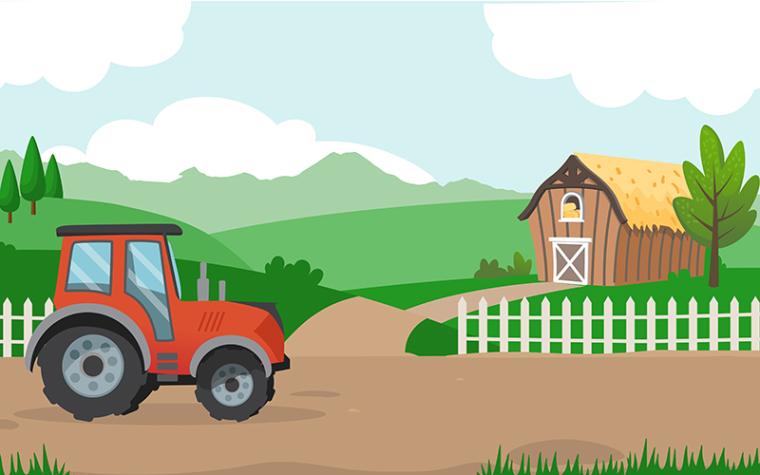MU Extension survey provides a snapshot of trends, insights shaping the state’s land market.
COLUMBIA, Mo. – While Missouri’s farmland market remains relatively stable, new survey data points to rising interest—and prices—for timberland and recreational properties. That’s one of several key takeaways from the latest Missouri Farmland Values Opinion Survey, conducted annually by University of Missouri Extension.
The survey not only tracks changes in land values but also offers insights into who is buying and selling Missouri farmland, said Juo-Han Tsay, MU Extension assistant professor and survey organizer.
Key trends and market drivers
The 2025 survey reveals that the average value of “good” nonirrigated cropland is $8,596 per acre, virtually unchanged from last year. Pastureland dipped slightly in value, while timberland and hunting/recreational land saw significant increases. Tsay noted that interest in nonfarm uses of land continues to grow due to several factors, including limited land availability.
According to the survey, farmland values are higher in the urban St. Louis area and lowest in south-central Missouri. The survey, which gathered 417 responses and more than 2,000 land transaction observations from March to May 2025, highlights the varied nature of Missouri’s farmland market.
While respondents believe local farmers accounted for more than one-third of Missouri farmland buyers on average, investor and recreational land/lifestyle buyer activity is reported to be growing, said Tsay. Respondents reported these buyer groups each accounted for more than 20% across the state. On the seller side, more than two-thirds were believed to be estate sales, retired farmers or families executing succession plans. Respondents suggested that favorable market prices may have factored into sellers’ decisions.
“Across the board, we observed a flat trend in farmland values from last year’s survey, outside of decreasing irrigated cropland values,” said Tsay. “As expected, we continue to see increases in timberland and hunting/recreational land values.”
Mixed outlook for 2026
Survey respondents offered mixed predictions for 2026 farmland values. Some anticipate small increases in urban areas as well as in the state’s central and south-central regions. However, economic signals suggest potential headwinds, according to MU Extension economist Ben Brown.
“Although our respondents are expecting modest bumps, the economic outlook for agriculture could put a damper on things,” said Brown. He noted that projections from the MU Rural and Farm Finance Policy Analysis Center estimate a 23% decrease in Missouri net farm income for 2026 due to declining direct government payments and persistently high input costs. Other forces, like interest rates, government policies and land quality could also affect the market in the short term.
Why the survey matters
With no required land sales reporting system in Missouri, the annual Farmland Values Opinion Survey remains a viable resource for landowners, farmers and ag professionals seeking insight into trends in the state’s land market, Tsay said.
Although averages may be affected by year-to-year changes in geographic response rates, these insights still hold value for those interested in Missouri’s farmland market, she said.
“Although some regions differ in their reporting representation, the broader survey helps us understand the forces shaping our state’s land market,” Tsay added. “This information is critical to help people stay poised to make sound decisions when buying, selling or holding farmland.”
writer: TaylorAnn Washburn
